Description
Genus: Boletus
Species: flammans
- Species 2: rubroflammeus (see the Science Notes)
Common Name: “Flame Bolete”
Tells: Red to brown-red cap stains blue. Red to orange-red pores stain blue. Yellow cap flesh stains blue. Red oft-netted stem may have yellow base.
Other Information: A red-pored blue-stainer that likes conifers (esp. spruce, hemlock and pine) but can grow under beech or other leafy trees. Rubroboletus rhodosanguineus has a browner stem, more netting, likes oak, & has a distinctive smell.
Science Notes: Boletes of Eastern North America merges B. rubroflammeus into this mushroom. The two were supposedly by rubroflammeus having extra netting. Other authorities think the debate is still open, but the two have been merged here on the grounds that any real differences will be all but impossible to distinguish by morphology.
Edibility: Edibility unknown.
CHEMICAL TESTS:
- NH4OH (Ammonia): No data.
- KOH: No data.
- FeSO4 (Iron Salts): No data.
Links:
 |
0 |  |
0 |  |
111 |  |
107 |

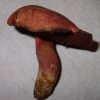
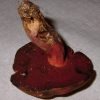
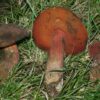
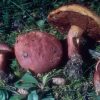

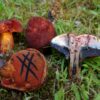
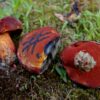

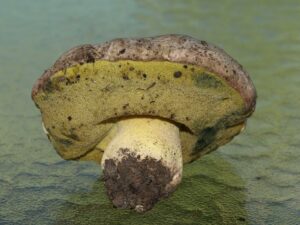
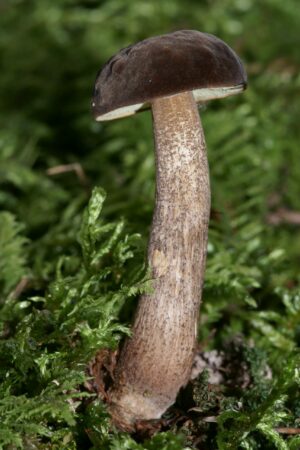
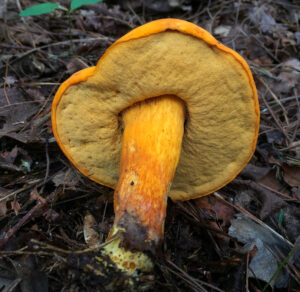

Got something to discuss?